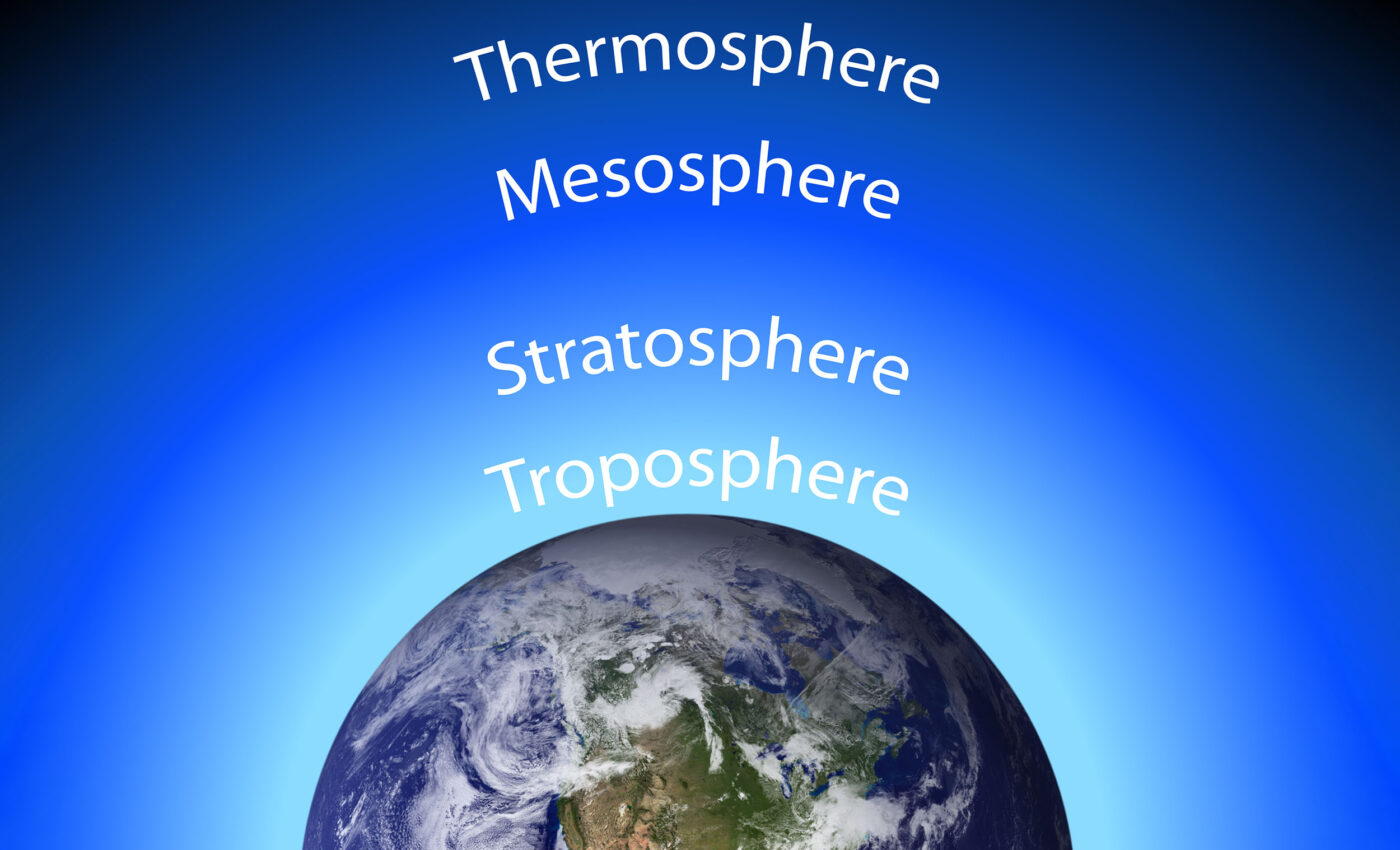
Aerosol formation in Earth's atmosphere is a complicated process
Researchers have achieved a pivotal breakthrough in understanding the process of aerosol formation in Earth’s lower atmosphere, offering insights into air quality, climate, and health impacts.
Specifically focusing on the troposphere, which contains 85% of our atmosphere, this research addresses the crucial formation and effects of secondary organic aerosols (SOAs). Published in Nature Geosciences, their study exposes key mechanisms of SOA formation, substantially enhancing our understanding of atmospheric chemistry.
Impact of secondary organic aerosols (SOAs)
The focus of their study, Criegee intermediates, are compounds suspected to be at the heart of SOA formation through a process known as oligomerization. Until now, the direct chemical signatures of this process had not been identified in real-world conditions.
The team’s field measurements in the Amazon rainforest — a critical region for SOA study — provided undeniable evidence of reactions consistent with a specific Criegee intermediate compound, shedding light on the complex chemistry at play in our atmosphere.
Carl Percival from NASA’s Jet Propulsion Laboratory emphasized the significance of their findings, stating, “First, we discovered that CI chemistry may play a bigger role in altering the composition of the troposphere than current atmospheric models account for — probably by an order of magnitude.”
Unlocking the secrets of aerosol formation
Rebecca L. Caravan, an assistant chemist at Argonne and the paper’s first author, highlighted the direct correlation between their field observations, laboratory characterizations, and theoretical determinations.
“This discovery is extremely significant because we were able to make direct connections between what we actually saw in the field, what we anticipated was happening with oligomerization of CIs and what we were able to characterize in the lab and determine theoretically,” explained Caravan.
This integrated approach not only allowed for a deeper understanding of CI reactions but also showcased the collaborative effort across laboratories to push the boundaries of atmospheric science.
Advanced methodologies and findings
Craig A. Taatjes, a combustion chemist at Sandia, elaborated on the comprehensive methods employed in their research. From advanced field measurements to cutting-edge theoretical kinetics, the team utilized an array of tools to dissect the complex reactions of Criegee intermediates.
“We used the most advanced theoretical kinetics to predict reactions we can’t measure directly. And we took advantage of the most advanced global chemistry modeling to assess the effects we would expect oligomerization to have in the troposphere based on those kinetics,” Taatjes elaborated.
This multifaceted strategy yielded critical insights, notably that the impact of CI chemistry on the troposphere’s composition might be significantly underestimated by current models.
Despite the remarkable progress, the findings also suggest that our understanding of tropospheric chemistry remains incomplete. The observed oligomerization signatures in the field far exceeded those predicted by updated models, hinting at either a more substantial role for CI chemistry or the presence of other unidentified chemical mechanisms.
Much more to learn about atmospheric aerosol formation
“We still have a lot of work to do to fully define the role of CI reactions in the troposphere,” concluded Caravan. “But these findings significantly expand our understanding of one potentially significant pathway for SOA formation in the most important layer of the earth’s atmosphere.”
In summary, this research marks a significant milestone in our understanding of atmospheric chemistry, particularly in the study of secondary organic aerosols (SOAs) formation and the pivotal role of Criegee intermediates (CIs) in their formation.
By employing advanced detection methods and comprehensive field studies in the Amazon rainforest, the team has not only uncovered evidence that challenges and surpasses current atmospheric models but also set a new course for future research.
Their findings underscore the complexity of the troposphere’s chemistry and highlight the urgent need for further exploration to fully grasp the impact of these processes on our planet’s climate, air quality, and human health.
The full study was published in the journal Nature Geoscience.
—–
Like what you read? Subscribe to our newsletter for engaging articles, exclusive content, and the latest updates.
Check us out on EarthSnap, a free app brought to you by Eric Ralls and Earth.com.
—–













